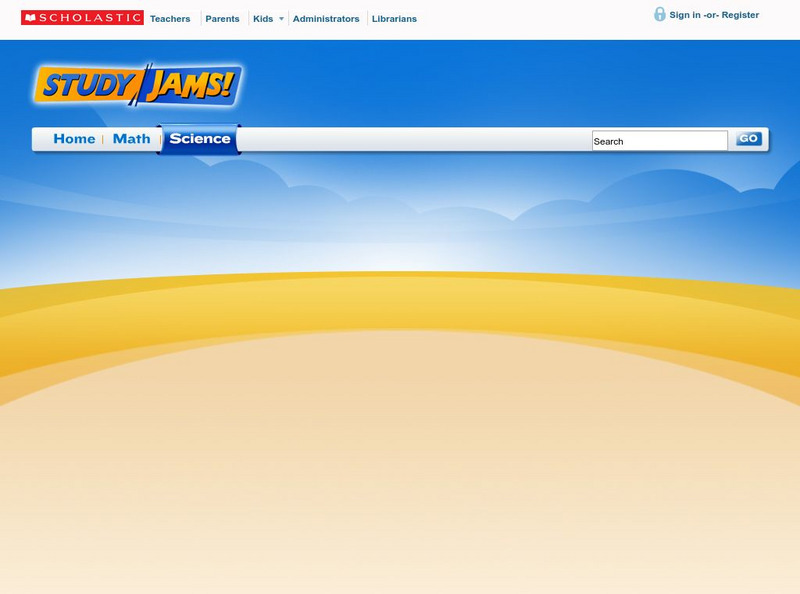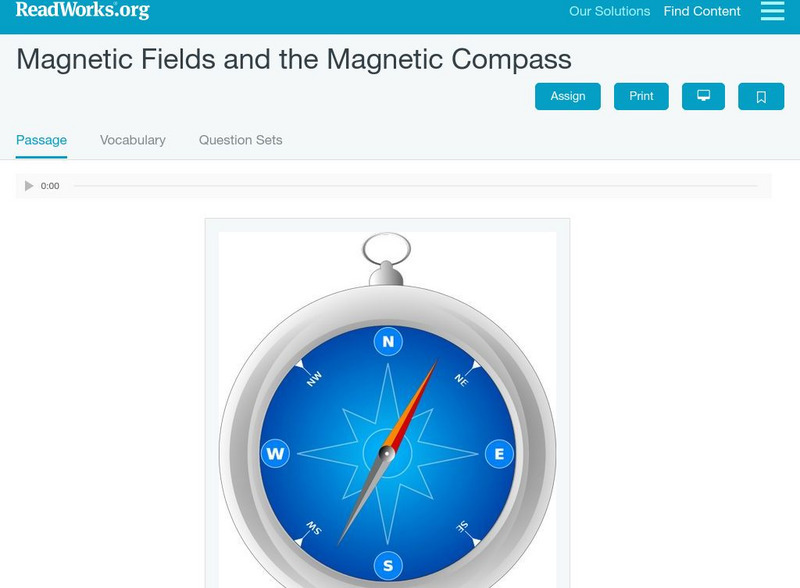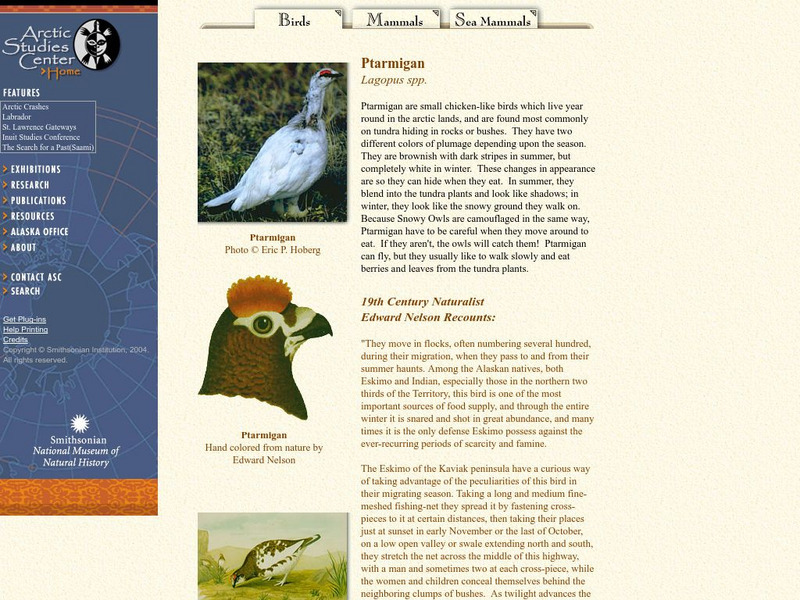Hi, what do you want to do?
TED Talks
Ted: Ted Ed: The Arctic vs. the Antarctic
Camille Seaman describes how enterprising people and organisms have found ways to reside around both poles despite the frigid temperatures. [4:24]
Alabama Learning Exchange
Alex: The Equator and the Poles
This lesson provides hands-on activities that will teach students about the poles and the equator. Students will be labeling a globe, recreating a globe within the classroom, and researching information on the Internet.
ClassFlow
Class Flow: Parts of the Globe
[Free Registration/Login Required] This flipchart explores the vocabulary of studying the parts of the globe: north pole, south pole, equator, longitude, latitude, etc.
Treehut
Suzy's World: Magnetism: Why Does a Compass Point North?
This fact sheet from Suzy's World and Suzy Cato explores how magnetism works, including "why a compass points north." Content includes fun facts, an experiment, and the ability to make your own compass.
Other
Unmuseum: Virtual Exploration Society: Matthew Henson
Read the exciting account of Matthew Henson's explorations of the Arctic region and his assault on the North Pole.
Other
Childu: Compass:over the Edge
Do you know what a 'compass rose' is? Follow this interactive animation to learn how to use a magnetic compass properly. Easy to understand; aimed for younger students.
DOGO Media
Dogo News: Week of 6 27 16: Summer Solstice and Strawberry Moon a Perfect Day!
Today, June 20, happens to be the first day of summer or summer "solstice." Derived from the Latin words "sol" for "sun" and "sisto" for "stop," it is the day when the North Pole is most inclined towards the sun. As a result, residents...
Smithsonian Institution
National Museum of Natural History: Laysan Albatross
This Smithsonian website has a brief, but thorough, article on the Laysan Albatross that also includes a picture.
Other
Satellite Images Bridge Understanding Gap Between Climate Change and Individuals
This article discusses how Google Earth has brought the reality of climate change to the average person so that they can see it for themselves. The north and south poles are indicators of what is happening with climate change and an...
Scholastic
Scholastic: Study Jams! Science: Energy, Light and Sound: Magnetism
A slideshow and a short multiple-choice quiz on the basic concepts and vocabulary of magnetism.
Read Works
Read Works: Electric and Magnetic Forces and the Modern Day Compass
[Free Registration/Login Required] An informational text about how a compass works using electromagnetic force. A question sheet is available to help students build skills in reading comprehension.
Other
Christmas Around the World: Christmas in China
A brief description of Chinese Christmas celebrations, as well as the celebration of the Chinese New Year or Spring Festival.
Georgia Department of Education
Ga Virtual Learning: Forces on Moving Charges in Magnetic Fields
In this interactive tutorial students will explore magnetic force. Students will observe interactions of magnets and study magnetic fields. The source of magnetic properties is believed to be moving charge. Since moving charge produces...
Science Buddies
Science Buddies: Levitating Magnets: Floating Isn't Just for Magicians
If you ever seen a magician float an object in the air, you might think that levitation is just a magic trick, but the truth is you can use an invisible physical force to levitate a magnet. Try this simple, week-long science project to...
Other
Usps: Polar Lights
You and your students are going on an expedition to learn about the polar regions. Explore the glaciers, subglacial rivers, and volcanoes. Get up close and personal with furry, flippered, and feathered friends. Learn how other people...
Smithsonian Institution
National Museum of Natural History: Ptarmigan
This Smithsonian website has a brief, but thorough, article on the Ptarmigan. It also includes pictures and an extensive quote from 19th Century naturalist Edward Nelson.
NOAA
Noaa: Arctic Theme Page
Information on the Arctic for students, teachers, and other interested groups includes changes in the ecosystem and climate.
Curated OER
Most Recent Plan of the North Pole and Surroundings, by Frederick De Wit, 1715
This map provides a look back in time at the search for a navigable route for the Northwest Passage.
Curated OER
Stanford's Map of the Coutries Around the North Pole
This map provides a look back in time at the search for a navigable route for the Northwest Passage.
Other
Rhode Island College: The Fate of Franklin
Use this website for multimedia resources and links to other sites with information on Sir John Franklin and his expedition.
Discovery Education
Discovery Education: Bears Lesson Plan
This lesson plan explores how polar bears survive in areas near the North Pole.
Globe Tracks
Travel for Kids: Finland
"Finland isn't at the North Pole nor is it always covered in snow." This site lets younger students explore the geography and culture of Finland.
Australian Broadcasting Corporation
Australian Broadcasting Corporation: News in Science: Bizarre Hexagons Found on Saturn
From ABC News in Science, Larry O'Hanlon's article explores the discovery of Saturn's north pole of "a long-lived double hexagon formed in the clouds" which has been sighted just over Saturn's north pole.
PBS
Pbs Learning Media: Nova Polar Lab
The interactive NOVA Polar Lab uses 360 degrees videos, interviews with scientists, and mini-games to send students on an immersive quest to understand how the poles are key to understanding Earth's climate -- past, present, and future.




















